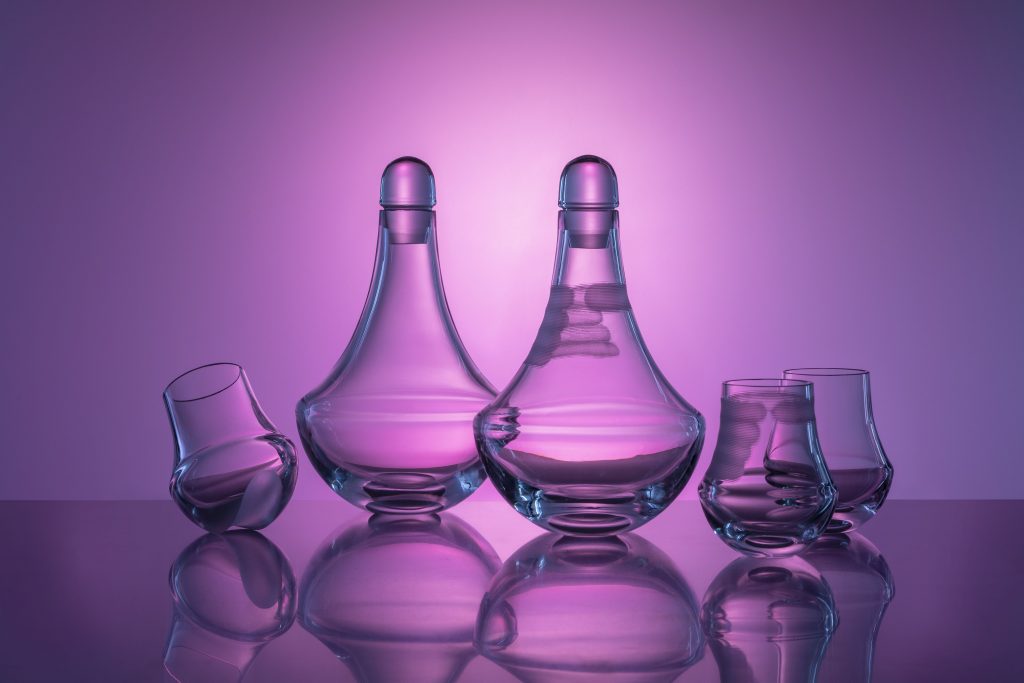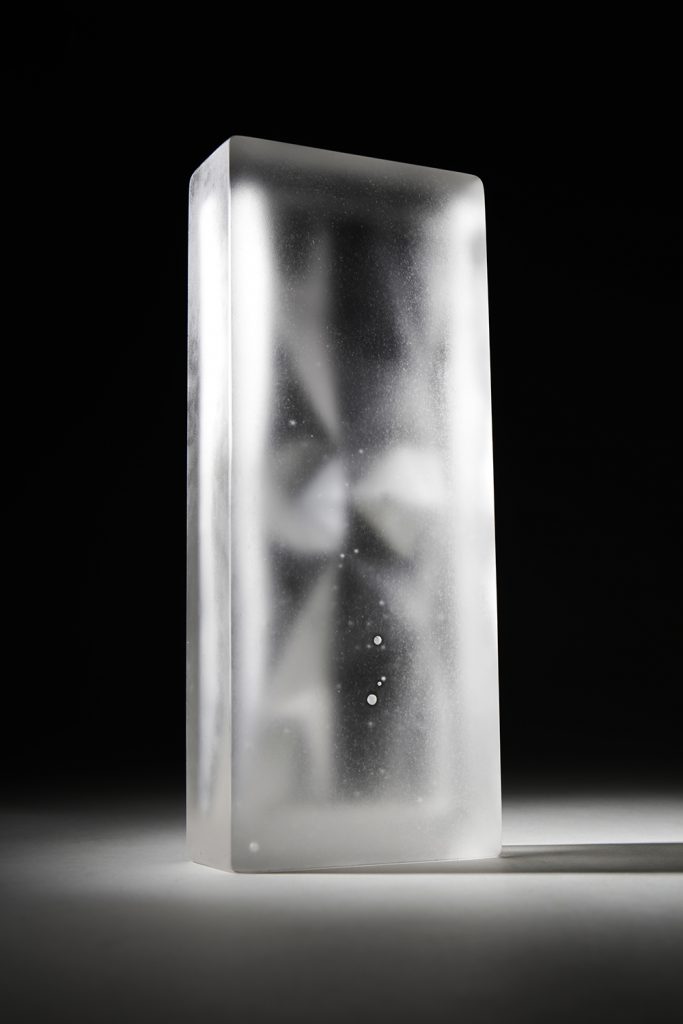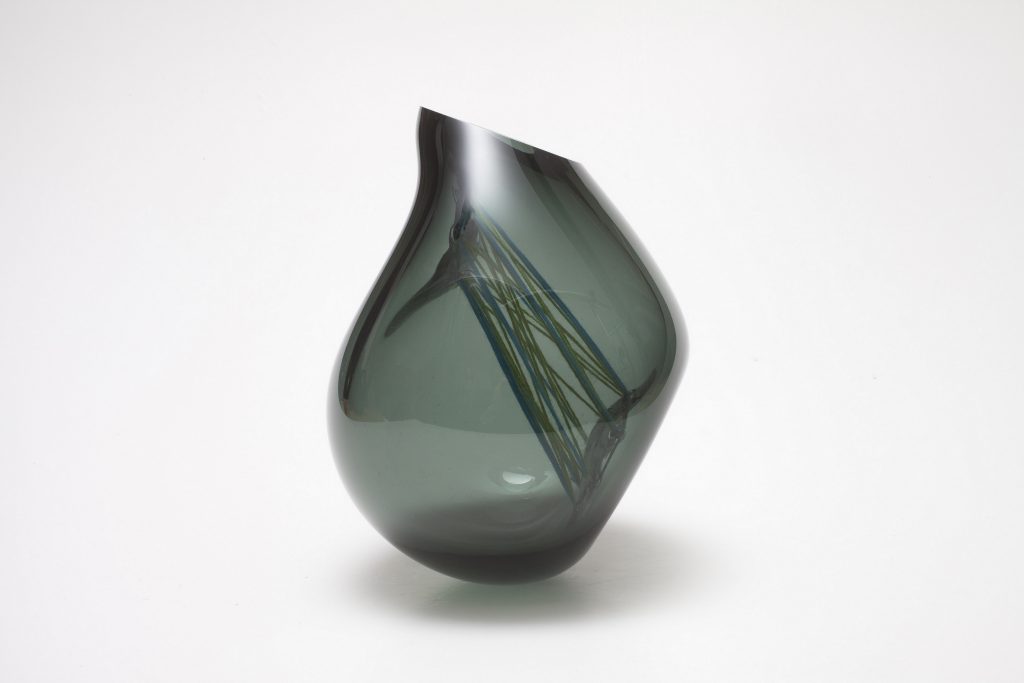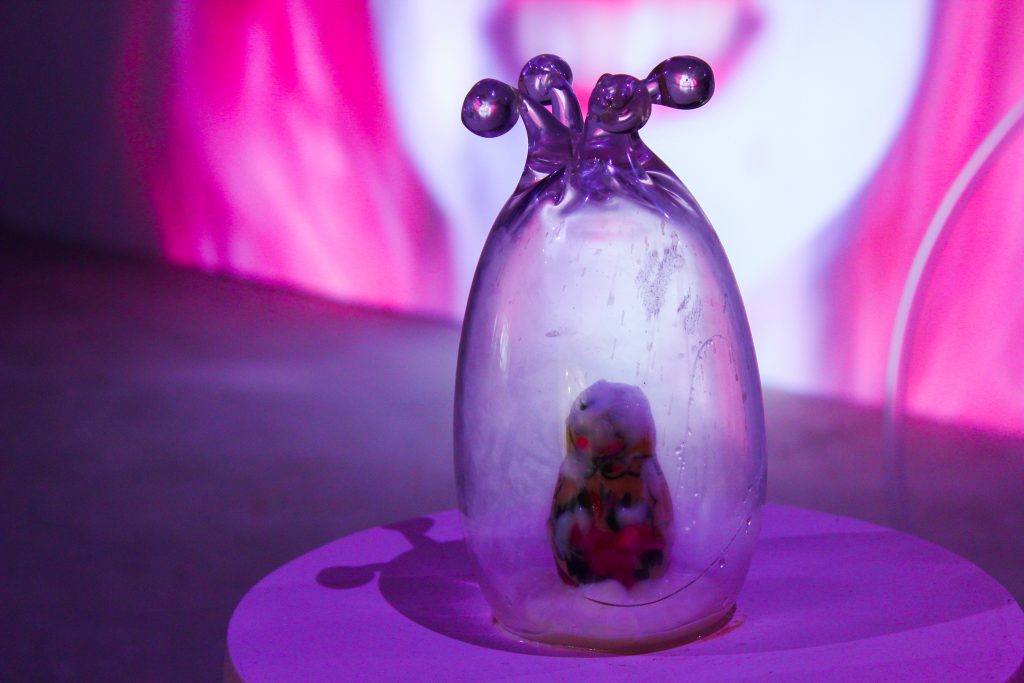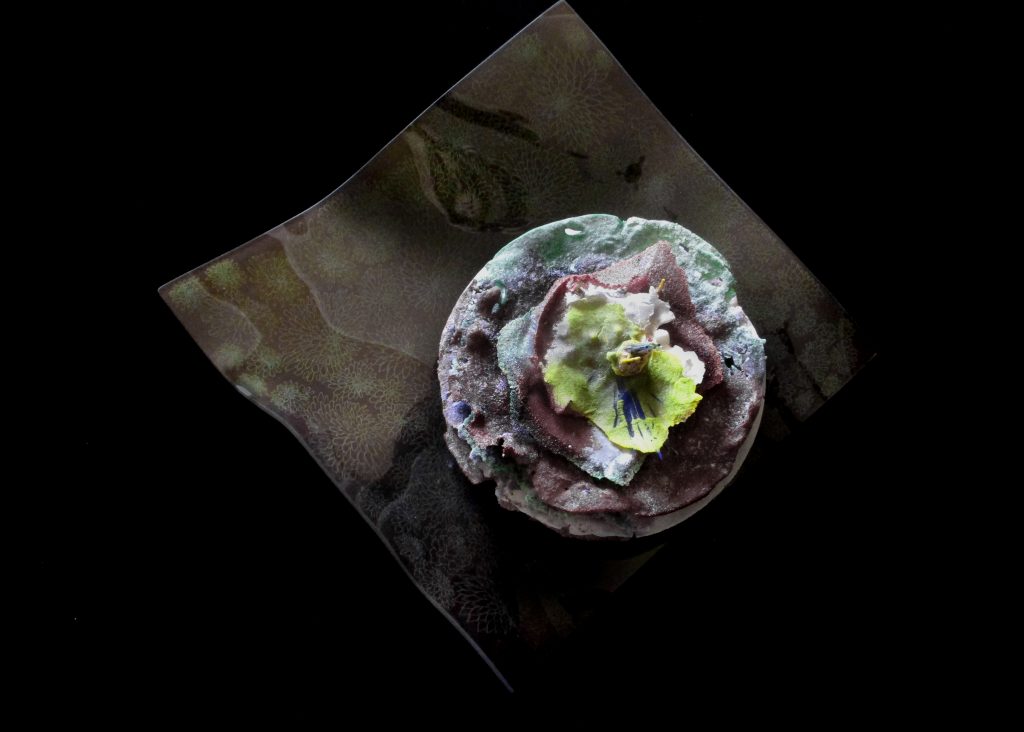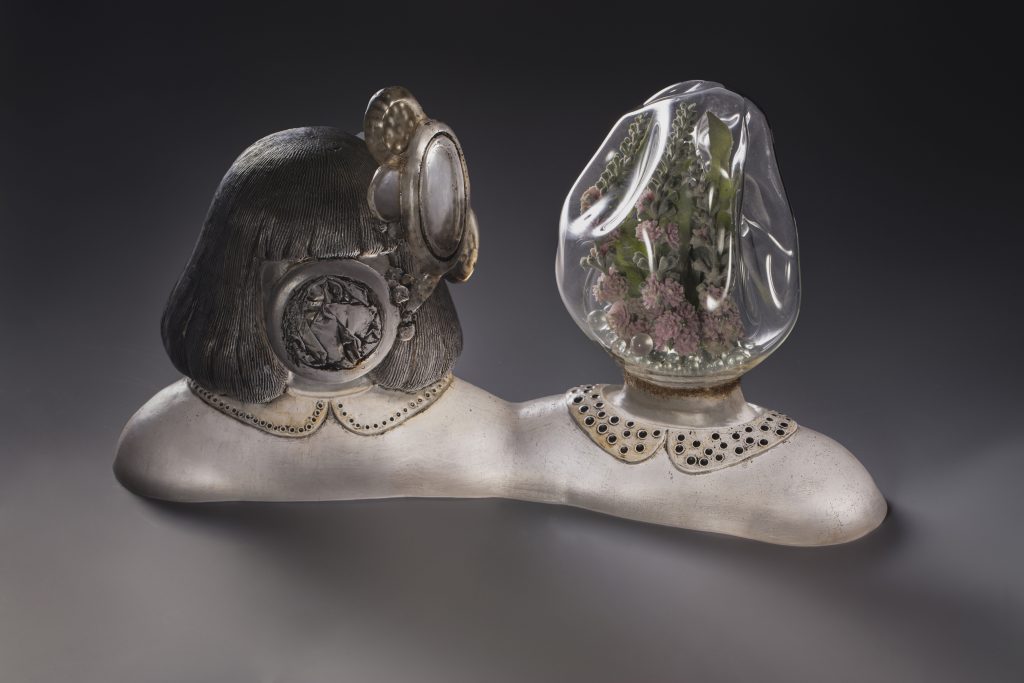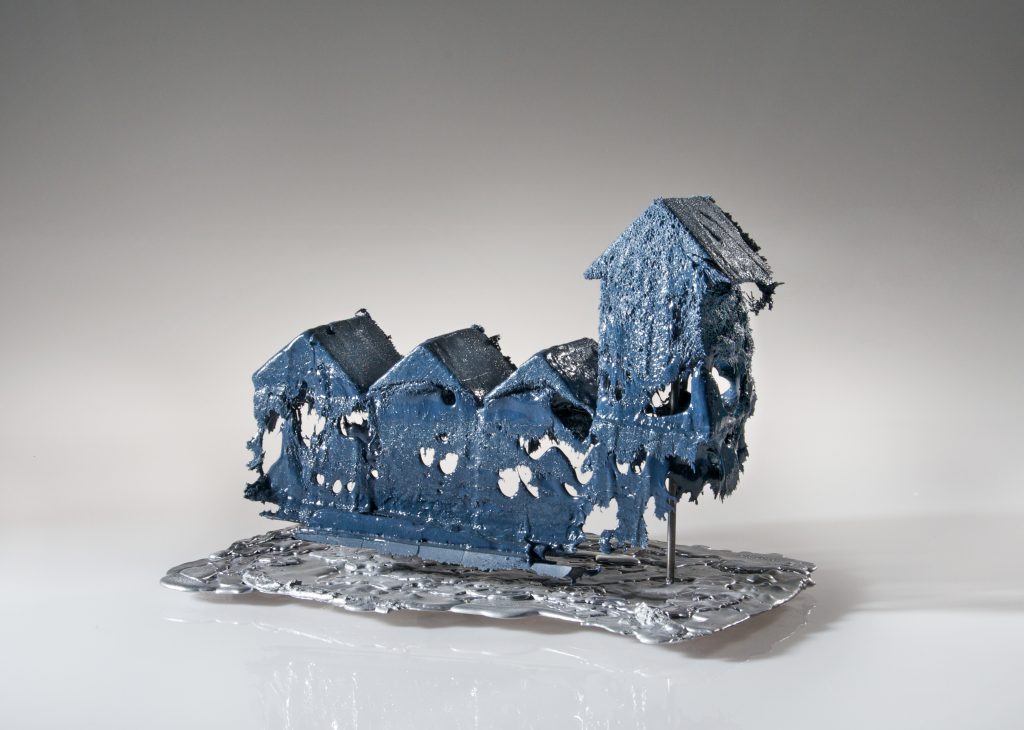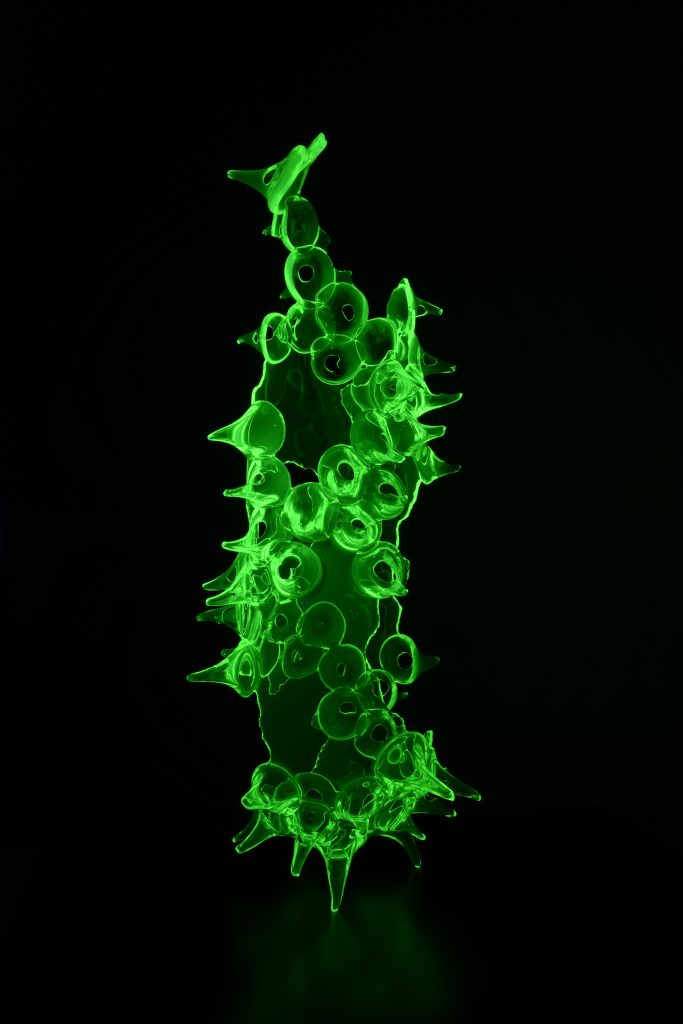What was your route to becoming an artist?
I started making small solid glass birds and fish in my friends (parents) glass studio at around 10 years with my best friend to make some pocket money. In the beginning they didn’t really look like anything, but people still bought them! Over time our skills improved and we made a lot of money, which we spent on skateboarding gear. After that I began to assist various artists around Denmark. I leant most of my basic skills and gained a general understanding of glassblowing from my best friends Dad who is a glass artist called Leif Vange in the town I grew up in in the north of Jutland. Following that I was taught and trained for the three years by Danish glass artist Tobias Møhl, who’s known globally for his use of Venetian techniques together with a Scandinavian approach.
Tell us a bit about your process and what environment you like to work in?
I am able to use a lot of traditional glass techniques that I’ve been developing over the decades, but I choose not to use many of these in my current work, as I wasn’t to push glass making into new territory without being caught up in technique.
At the moment I’m focusing on surface effects on blown forms. Adding patina and working with taking the transparency of glass to achieve glaze like effects.
My work is driven by the urge to investigate and push the limits of glass as a material. I thrive to develop new ways of working with the surface, and discovering new techniques and methods that draw out unique qualities in the material is my biggest motivation.
My passion and deep respect for glass guides me through technical and creative processes, often leading me into extensive experiments. These tests and trials lead me in many directions giving my work a individual and more unconventional aesthetic. I draw on traditional, classic and static forms as references for the basis of my work, as they create contrast to the tactile, textured surfaces.
What are your sources of inspiration?
Ancient glass often has a tactility that I want to explore in my work. Often it looks porous and weathered which adds another layer to objects. I also spend a lot of time looking at glazes on ceramics and considering how to create glass ‘glazes’ as the materials are so similar to that of ceramics, yet the process is so different.
What currently inspires you and which other artists do you admire and why?
At the moment I’m focusing on surface effects on blown forms. Adding patina and working with taking the transparency of glass to achieve glaze like effects.







